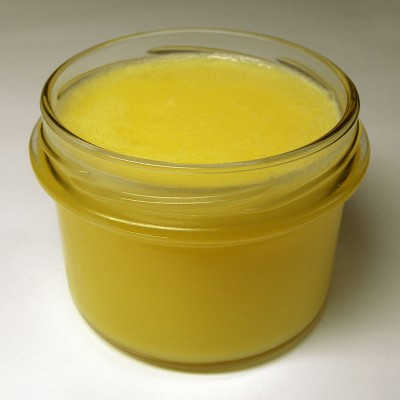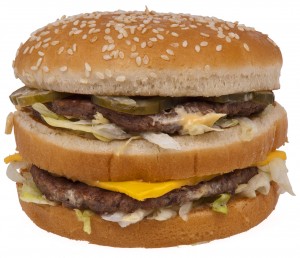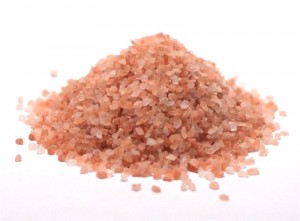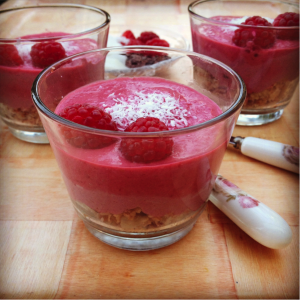
Some individuals who are sensitive to dairy do not tolerate regular butter – possibly because of the casein protein that it contains. Ghee, also known as clarified butter, is nearly 100% fat and is much better tolerated by these individuals. Another benefit of ghee over regular butter is that it can withstand higher temperatures when heated, and so is a better choice for stove top cooking when light frying or sautéing is desired. Ghee has a much higher smoke point than most vegetable and seed oils and will not become damaged by the heat as those oils will.
Whether eating regular butter or ghee, it will definitely have a much higher nutrient profile if the milk used to make the butter was obtained from a grass fed cow that spent most of its days outdoors, eating a variety of grasses, and was not given antibiotics or hormones. Grass is the natural diet for cows – not grains which is fed to the majority of cows that are providing the milk for most commercial dairy products today. The nutrient profile of the milk is very much dependent upon the diet and the living conditions of the cow!
You can further boost the nutrient profile of the butter if the milk was not pasteurized or homogenized. This is often referred to as “raw dairy”. As with all the food that you purchase for yourself or your family, aim to buy locally from a farmer that you trust. The website, http://www.realmilk.com/ has wonderful information on this topic and can help you locate a farmer near you if you live within the US. For those who live in another country,




